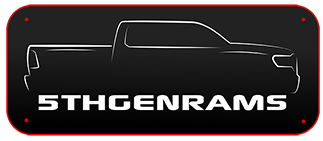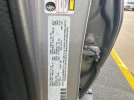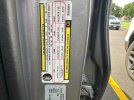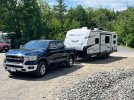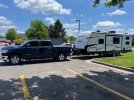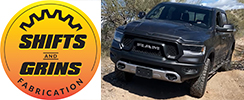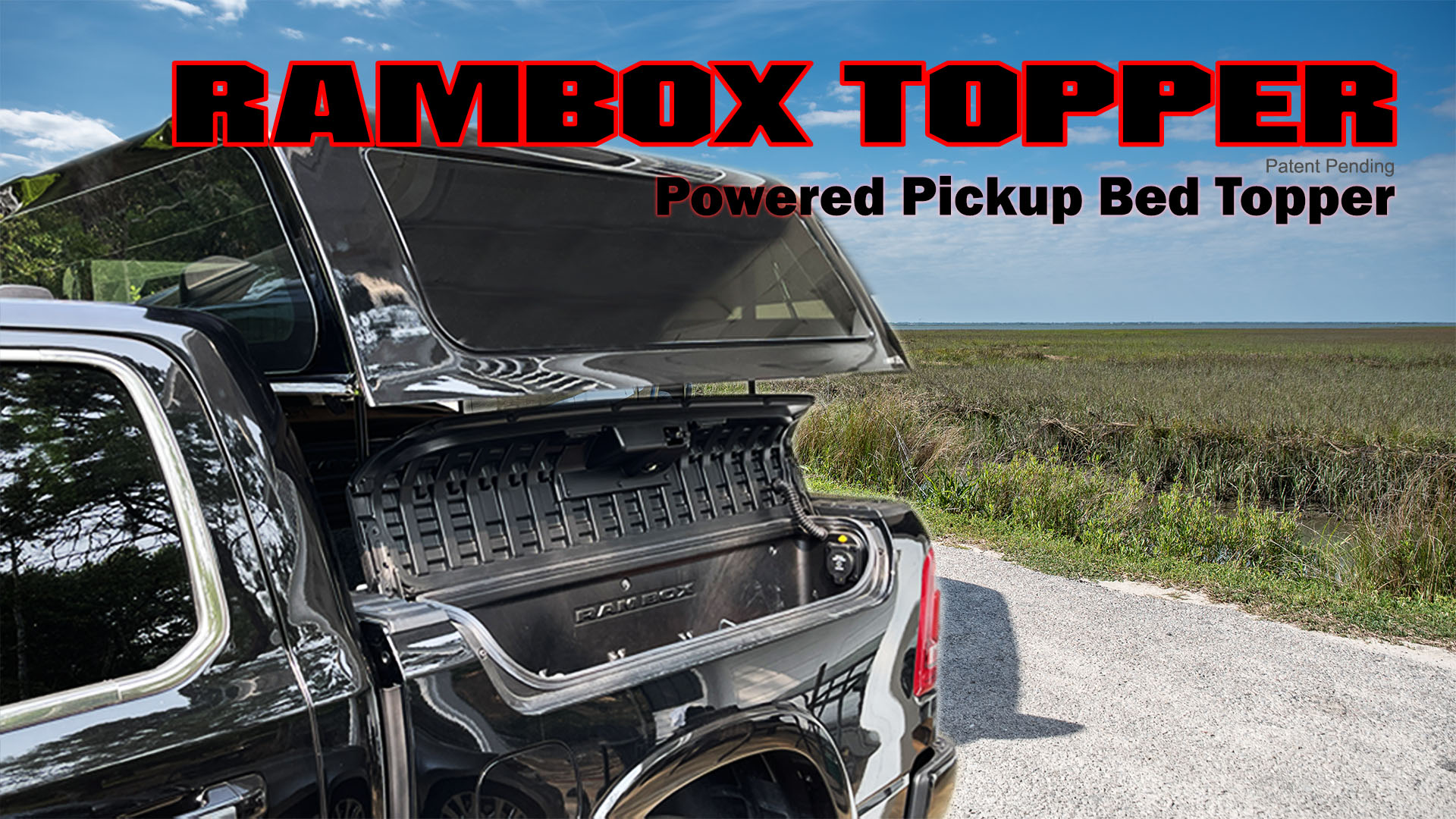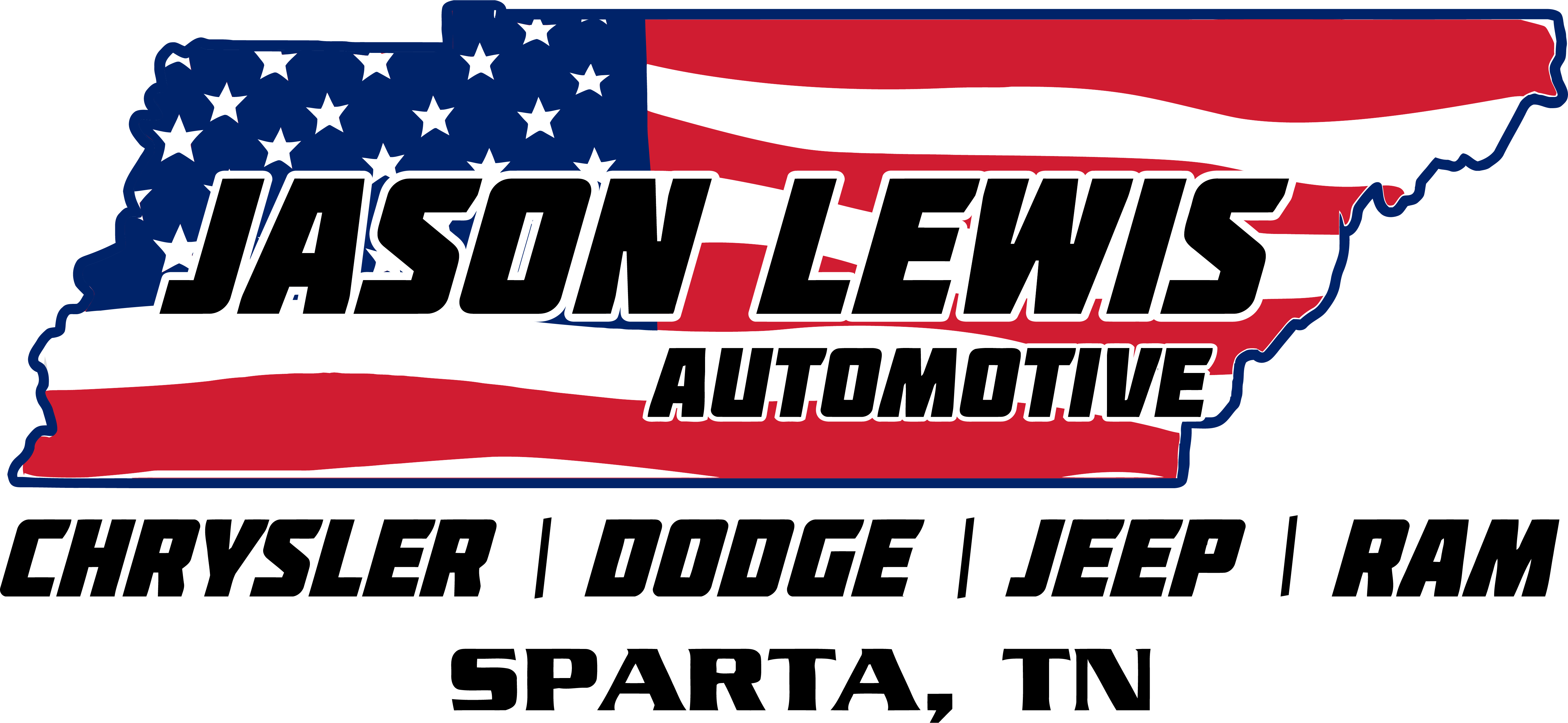Rubber Duck
Member
- Joined
- Jul 2, 2025
- Messages
- 23
- Reaction score
- 7
- Points
- 3
I attached the door stickers. So I have a 2024 Ram 1500 Crew Cab 4X4 Night Edition with etorque, a class IV hitch receiver, and the tow package as far as it includes the hitch and built in brake controller from what I can tell. I have the standard bridgestone dueler h/l alenza tires on. I have heard everything from I can tow 12,000 to 8,200 pounds. I get more confused when I saw the GVWR of the 2500 at 11,000 and a F350 at 10,000.
So the obvious question is what can I tow in a travel trailer. We rented a Jayco 29 foot trailer with a hitch distribution and anti sway setup. Its dry weight was 4,600 and my truck towed it well, through Arizona and Utah. I averaged 8-11 MPG. We were not impressed with the Jayco, another thread for that I am sure and want a TT with a good reputation, if possible. We found a 30 foot Northwoods Artic Fox with a dry weight of 7,442. we have read good reviews of that brand. But the only question that matters is what can we tow.
I have been told to buy new tires with a stronger ply rating and load index with load rating, and to upgrade my rotors and brakes to Powerstop. This is supposed to help with the handling and towing?
Thank you.
So the obvious question is what can I tow in a travel trailer. We rented a Jayco 29 foot trailer with a hitch distribution and anti sway setup. Its dry weight was 4,600 and my truck towed it well, through Arizona and Utah. I averaged 8-11 MPG. We were not impressed with the Jayco, another thread for that I am sure and want a TT with a good reputation, if possible. We found a 30 foot Northwoods Artic Fox with a dry weight of 7,442. we have read good reviews of that brand. But the only question that matters is what can we tow.
I have been told to buy new tires with a stronger ply rating and load index with load rating, and to upgrade my rotors and brakes to Powerstop. This is supposed to help with the handling and towing?
Thank you.
